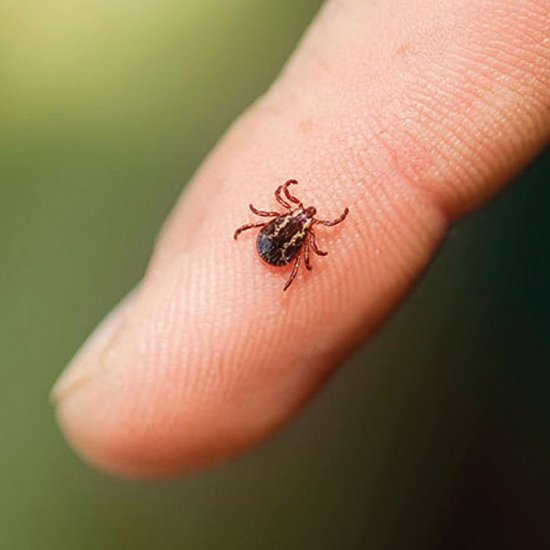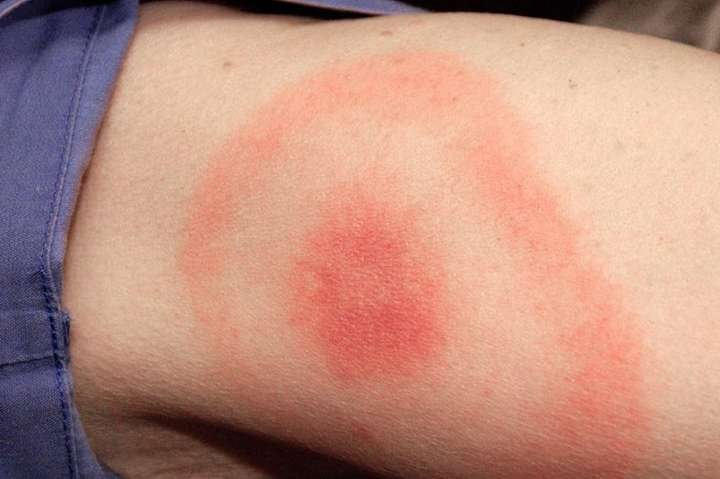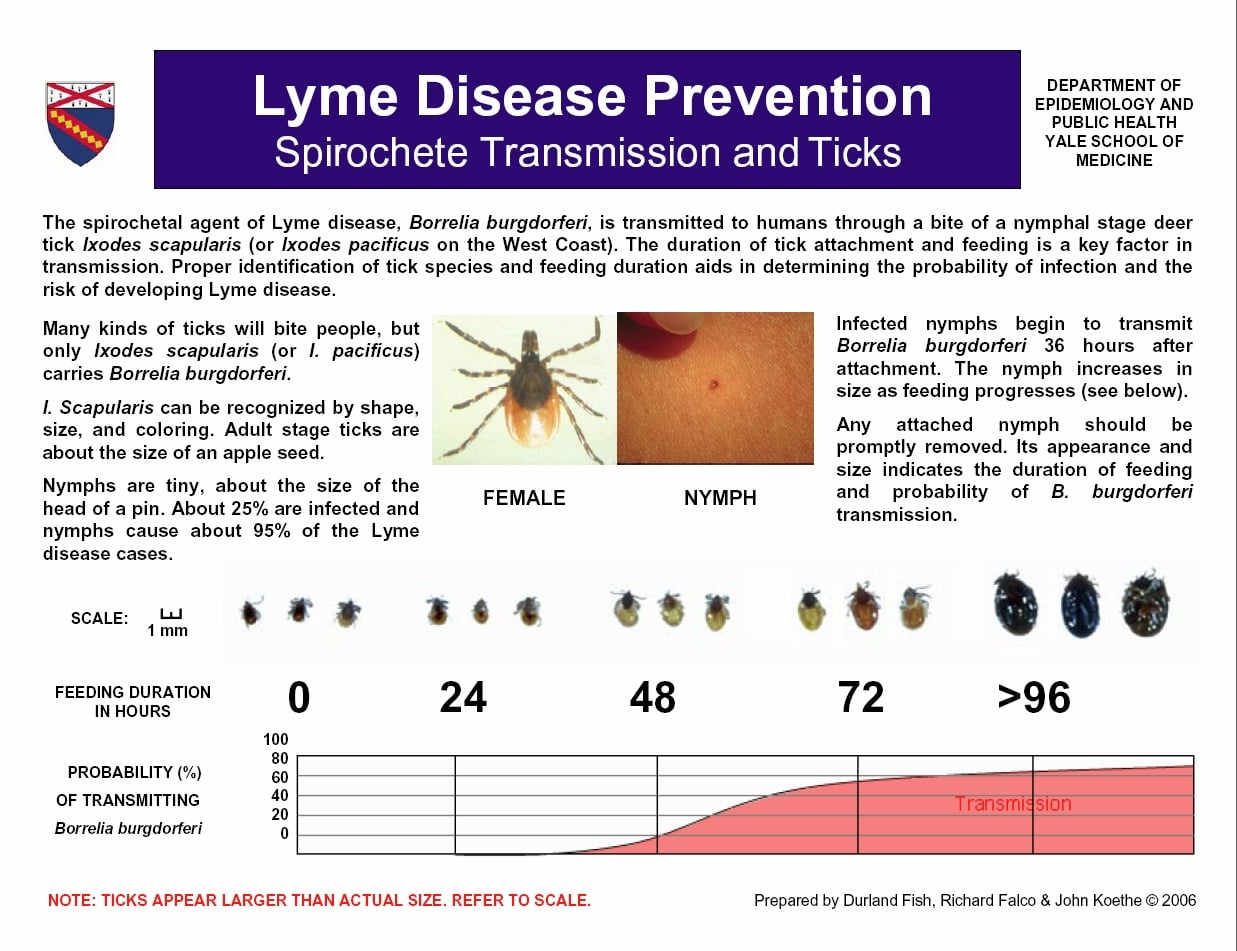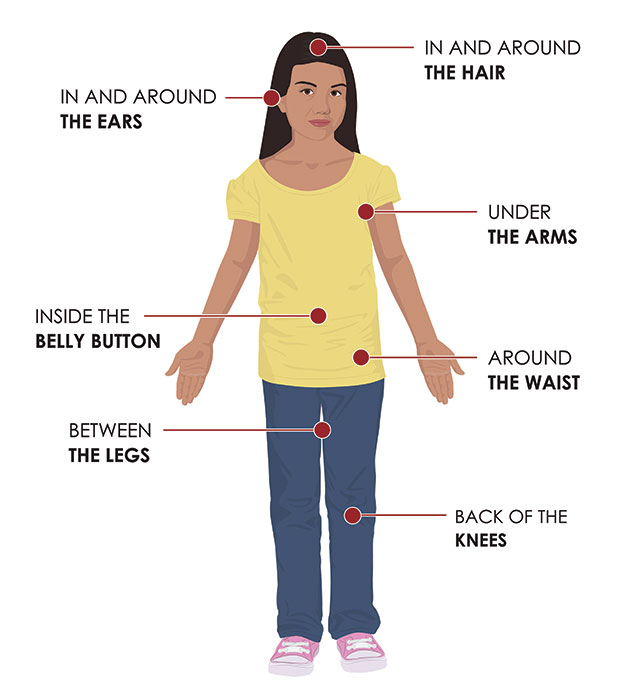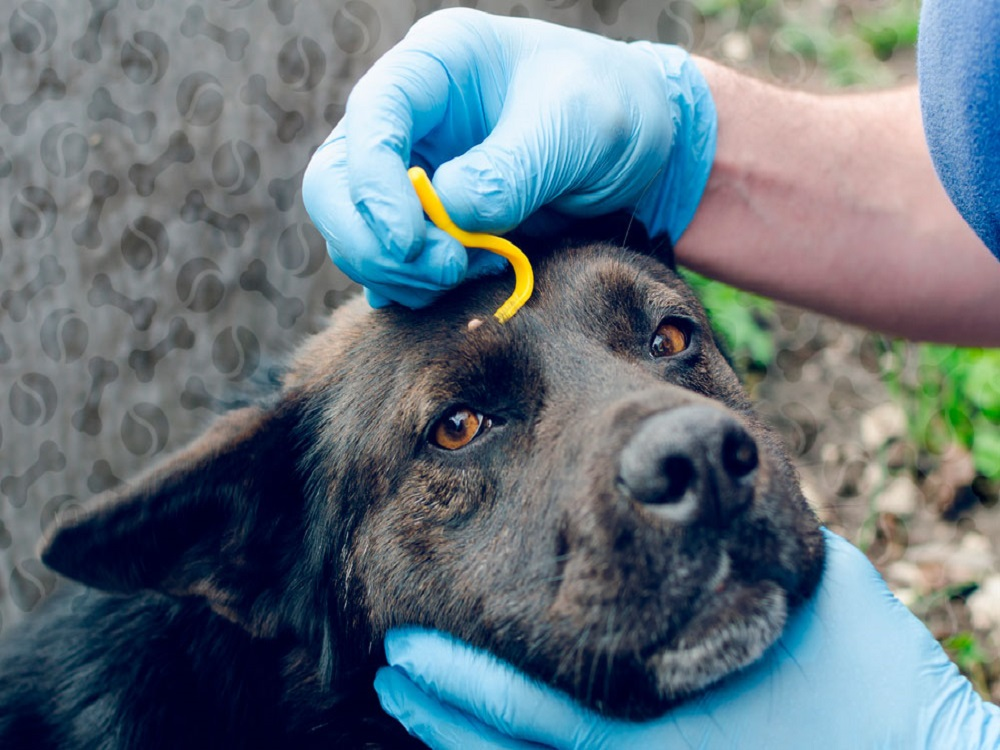Caution, ticks! How to protect yourself and what to do if picked up
As soon as the air temperature warms up, ixodic ticks go hunting. We talk about safety rules for everyone.

Every May we remember those we don't want to remember–ticks. You can meet ticks not only in the woods, parks, or at a country cottage but even on the city lawn. Many people think that ticks fall from trees. They don't. Ticks never crawl on trees because of the leg structure. They also don't know how to jump and fly. Most often they are in the grass, at a height of 20-80 cm, and only occasionally fall on low shrubs. There, ticks sit and wait for their prey, a human or animal, which will certainly pass by the ambush of parasites.
Clinging to skin or clothing, the tick crawls up until it hits a part of the body with delicate skin. Ticks feed on the blood of humans and animals, immersed deep in the skin with the proboscis. If you don't notice the bloodsucker immediately, the meal can last up to 12 days. After drinking plenty of blood and increasing several times, the tick falls off to lay eggs in the soil. It's not always possible to feel the attack of a tick, because before it clings well, the tick injects an enzyme similar in properties to anesthesia into the bite spot.
You can pick up a tick not only while in nature but also sometimes after a walk, bringing a vampire into the house on clothes or things. In addition, they can get into a person's home with bouquets, on shoes, often ticks are brought by dogs, especially if they're treated against parasites (in this case, the tick doesn't suck into the animal, but remains on the fur).
Most often, the activation of ticks occurs at a temperature of 7 to 20 degrees and high humidity. Ticks are afraid of the sun, so they're difficult to meet in sunny and dry weather. Therefore, spring and autumn are the hottest periods in the activity of ticks. The ideal attack time for Ixodes is morning and evening.
How dangerous are they?
A tick bite can lead to a significant health problem. These small spider-like insects are carriers of tick-borne encephalitis, Lyme disease (borreliosis), tularemia, Marseille fever. Dogs can get piroplasmosis after a tick bite. In total, there are several dozen species of ticks in Ukraine that carry 35 different pathogens. The most common disease is Lyme disease.
The first people with Lyme disease in Ukraine became known only in 1994, and the official registration of borreliosis has been only since 2000. The disease cases are registered in all regions of our country. According to the Center for Public Health, 2,745 cases of Lyme disease and only 2 cases of tick-borne encephalitis were registered in 2020 (for comparison, in 2019, almost twice as many cases of Lyme disease were registered).
- Lyme disease begins with a characteristic redness at the spot the tick sucked into the skin. "Blush" spots, spreading on the skin in concentric circles, appear in the first stage of the disease, which can last for 2 to 32 days after the bite of the vector tick; it's the only specific symptom of Lyme disease. Other symptoms include headache, stiff neck, body aches, and lethargy. If left untreated, the disease can lead to damage to various organs: skin, joints, muscles, nervous and cardiovascular systems, and even disability. The risk of infection depends on the duration of tick sucking: during the day, the probability of infection is quite small, and at the end of the third day, it's close to 100%.
- Tick-borne viral encephalitis is characterized by headache, fever, nausea, vomiting, and sleep disturbances. This disease mainly affects the central nervous system, which can lead to disability, and in some cases, death.
- Marseille fever is a transmissible disease. The carrier of the infection and its reservoir are brown dog ticks, which can live on various animals: dogs, cattle, cats, hares, wild rabbits. Dog ticks rarely bite a person, so very often Marseille fever occurs in those people who have close contact with dogs. A person can be infected with Marseille fever by accident, through the bites of an infected dog tick, through the conjunctiva of the eyes, the nasal mucosa, as well as rubbing the remains of a killed tick into the skin when scratching.
But there's also good news: not every tick can infect us with borreliosis, tick-borne encephalitis, or other infections.
Don't panic!
Andriana Malska, Associate Professor of Propaedeutics of Pediatrics and Medical Genetics in Danylo Halytskyi LNMU, based on the recommendations of the CDC and WHO, explains:
- A tick that has crawled on your body but hasn't sucked in cannot infect you.
- Only 25% of ticks have Lyme disease and there's only a 1-1.5% chance that it will transmit the infection.
- If the tick has sucked in for less than 36 hours, the risk of contracting Lyme disease is very low. Suction time can be determined by the size of the tick, the scheme in the photo:
- If the tick has sucked in for less than 36 hours, a single prophylactic dose of antibiotic is recommended as a Lyme disease prophylaxis (the drug and the dose are calculated by an infectious disease doctor). Prevention should begin within 72 hours after removal of the tick.
- It makes little sense to take a tick to the laboratory. There are many false results, and even if the tick is positive, it doesn't mean that it has infected the host.
- Observe the following symptoms for 30 days after the bite:
- rash
- fever
- nausea
- headache
- muscle pain
- swollen and painful joints.
In case of their presence, it's necessary to consult a doctor immediately.
- As for tick-borne encephalitis, for its prevention, there's a vaccine FSME-IMMUN Pfizer, which works for three years. The vaccine is intended for adults and children older than 1 year.
How to prevent tick bites:
1. Before going for a walk in places where there's tall grass and bushes, apply a special remedy, repelling ticks, repellents, to exposed body areas. The aerosol for clothing should contain alpha-cypermethrin.
2. Be prepared even at home. Hiking and camping are not the only ways to get bitten. The risk of "catching" a tick exists even in the yard of an apartment building.
3. Although utility services treat park areas from ticks in the cities, you don't need to risk once again. Try to stick to the center of paths, without contact with grass.
4. Staying in the sun can significantly reduce the risk of tick infestation. In ticks' larvae, the outer layer is quite loose, so they quickly lose moisture. As a result, the tick is unable to survive more than 8 hours in an environment with a humidity of less than 80%. Usually, parasites accumulate in shady, deciduous, humid places. At the same time, be aware of the dangers of sunstroke.
5. Going to nature, wear light clothes, it'll be easier to detect ticks. Wearing covered clothing will prevent ticks from getting on the skin. Don't allow children to play and run on tall grass without protective clothing and repellents.
6. After the walk, check yourself and your children for ticks, especially under the armpits, around the ears, inside the navel, in the popliteal fossa, between the legs, around the waist, and on the scalp.
7. Take a shower after returning from a walk in nature.
8. At home you should immediately change clothes, underwear, carefully inspect, wash and iron them. Don't leave these clothes by the bed or sleep in them. Shaking clothes doesn't get rid of ticks.
9. Also check the things you brought from the walk, i.e. sheets, shoes, bags, etc.
10. Treat your pets according to the veterinarian's instructions. Usually, dog ticks don't carry diseases that can infect humans, but in some cases, the tick can get on the animal into the house. Therefore, be sure to check the dogs after each walk.
11. To get rid of ticks in the yard, you should remove leaves, bushes, and other vegetation that can become a "home" for ticks. Learn about possible ways to spray against ticks in your own backyard.
How to properly remove a tick
If despite all the above measures, the tick still bit you, you must immediately contact a medical institution to remove it. If you can't see a doctor, Andriana Malska explains how to remove ticks yourself:
- Use tweezers, a loop with a thread, or a special "tick-remover" that can be purchased at a veterinary pharmacy. The goal is to grab the head of the tick as close to the skin as possible. The key thing is to remove the tick as soon as possible. DO NOT use nail polish, Vaseline, oil, or heat to remove it.
- Pull steadily upwards with the same pressure. Do not jerk, you can tear off the head and it will remain inside the skin. If this happens, remove the remnants with clean tweezers, if not, leave them there, let the skin heal.
- After removing the tick, wipe the bite with an alcohol-based antiseptic or rinse with soap and water.
- After removing, you should wash hands thoroughly with soap.
How to protect pets
Ticks go into hibernation only at prolonged sub-zero temperatures and a significant thickness of snow. Now winters have become warmer, so the cases when owners ask veterinarians for help to remove ticks from the dog in December-January became more frequent.
Piroplasmosis or babesiosis of dogs is a rather serious disease that causes severe health problems for a pet. Experts recommend: continue to protect your pet all year round, regardless of the season.
If the dog lives in a kennel, it's necessary to carry out regular cleaning of a walking territory, rake and destroy leaves, mow grass, often change bedding in a kennel. And the arsenal of protection against ticks is very diverse. Preventive measures include from the simplest examination and combing after a walk to treatment with spray or drops, wearing a special collar, and taking pills.
Unfortunately, no remedy provides 100% protection, but you can combine remedies, such as drops and a collar, pills, and spray. Consult a veterinarian for more detailed advice.
There's a misconception that ticks are dangerous for dogs and humans, but not for cats. Yes, cats get sick less often than dogs. But their diseases are more difficult to diagnose, and therefore worse to treat. Because of a tick bite, a cat can get piroplasmosis, haemobartonellosis (infectious anemia), Tayloria, and even Lyme disease. Animals walking outside are at risk. However, even if your cat has never left the apartment, you shouldn't relax, you can accidentally arrange the delivery of the parasite home, for example, on clothes. To protect your furry animals from danger, you should treat them in the same way as dogs.


